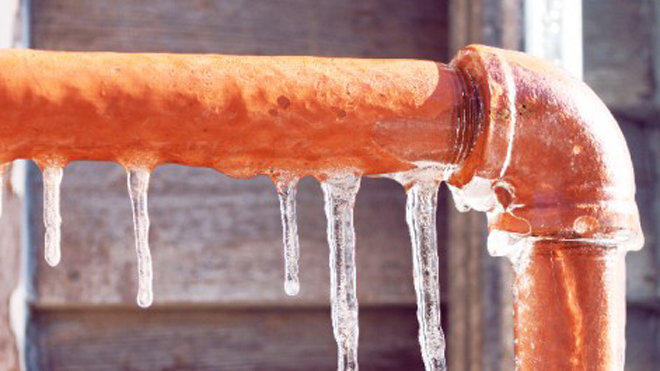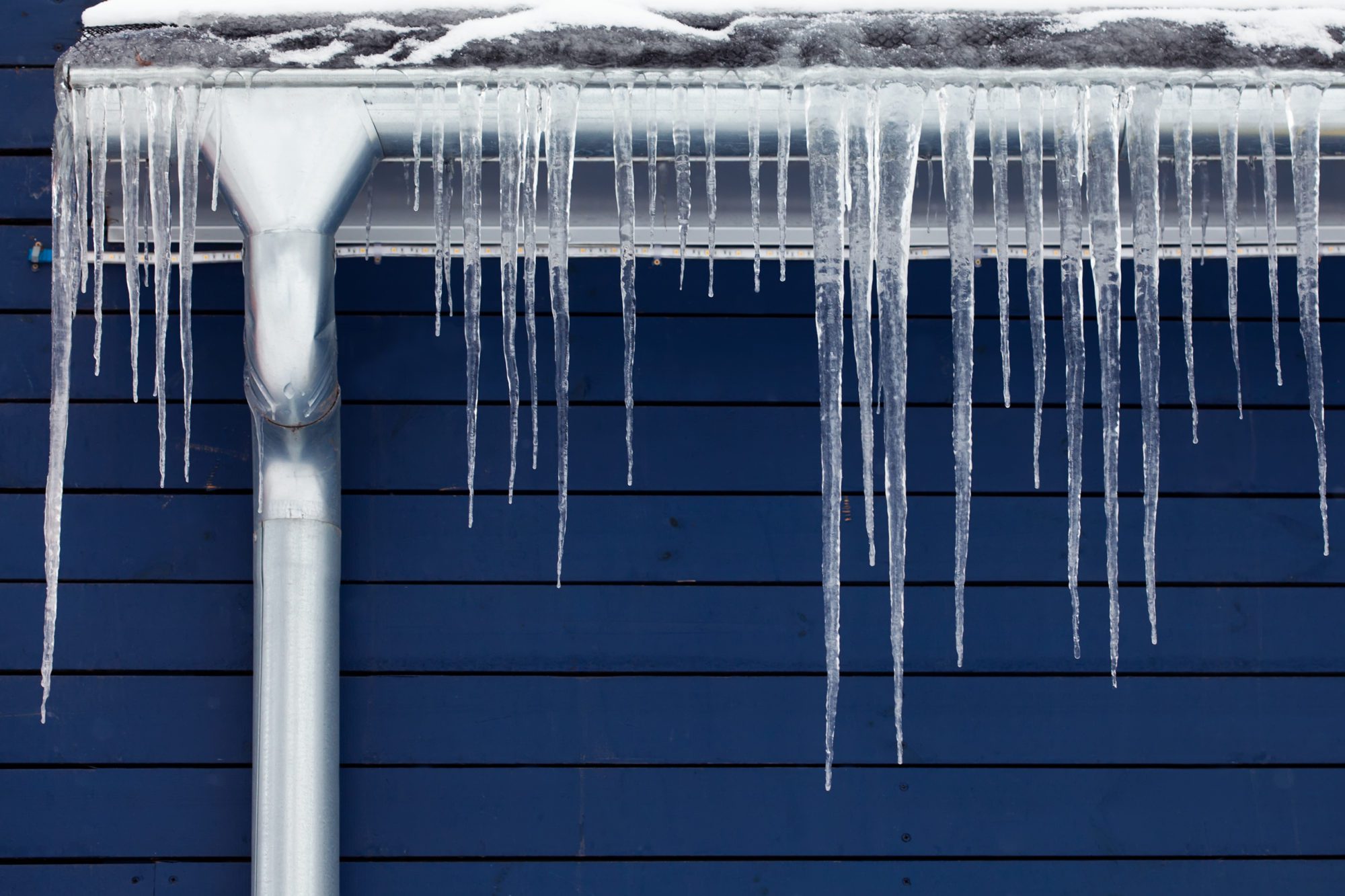Avoiding Your Pipes from Freezing: Best Methods
Avoiding Your Pipes from Freezing: Best Methods
Blog Article
What're your thoughts about How to prepare your home plumbing for winter weather?

Cold weather can damage your pipes, specifically by freezing pipelines. Below's just how to stop it from taking place and what to do if it does.
Introduction
As temperatures drop, the risk of icy pipelines boosts, potentially leading to costly fixings and water damages. Comprehending how to stop frozen pipes is critical for house owners in cold environments.
Comprehending Icy Pipes
What creates pipes to ice up?
Pipes ice up when revealed to temperature levels below 32 ° F (0 ° C) for prolonged durations. As water inside the pipes ices up, it increases, putting pressure on the pipeline wall surfaces and potentially triggering them to break.
Risks and damages
Icy pipelines can cause water disruptions, residential property damages, and expensive repair work. Burst pipes can flood homes and trigger substantial architectural damage.
Indicators of Frozen Piping
Determining icy pipes early can prevent them from rupturing.
Exactly how to recognize icy pipelines
Seek decreased water flow from faucets, uncommon smells or sounds from pipelines, and noticeable frost on subjected pipes.
Prevention Tips
Insulating susceptible pipes
Cover pipelines in insulation sleeves or utilize heat tape to protect them from freezing temperature levels. Concentrate on pipes in unheated or external locations of the home.
Heating strategies
Maintain interior rooms adequately warmed, particularly locations with plumbing. Open up cupboard doors to permit warm air to distribute around pipes under sinks.
Securing Outdoor Pipes
Garden hose pipes and outdoor taps
Detach and drain yard hose pipes before winter season. Set up frost-proof spigots or cover exterior faucets with protected caps.
What to Do If Your Pipelines Freeze
Immediate actions to take
If you think frozen pipelines, maintain faucets open to soothe pressure as the ice thaws. Make use of a hairdryer or towels taken in hot water to thaw pipes gradually.
Long-Term Solutions
Structural modifications
Think about rerouting pipes far from exterior wall surfaces or unheated areas. Include extra insulation to attic rooms, cellars, and crawl spaces.
Updating insulation
Buy top notch insulation for pipelines, attic rooms, and wall surfaces. Appropriate insulation helps preserve constant temperatures and reduces the risk of icy pipelines.
Verdict
Protecting against frozen pipes calls for positive steps and fast responses. By recognizing the causes, signs, and preventive measures, property owners can safeguard their plumbing during winter.
5 Ways to Prevent Frozen Pipes
Drain Outdoor Faucets and Disconnect Hoses
First, close the shut-off valve that controls the flow of water in the pipe to your outdoor faucet. Then, head outside to disconnect and drain your hose and open the outdoor faucet to allow the water to completely drain out of the line. Turn off the faucet when done. Finally, head back to the shut-off valve and drain the remaining water inside the pipe into a bucket or container. Additionally, if you have a home irrigation system, you should consider hiring an expert to clear the system of water each year.
Insulate Pipes
One of the best and most cost-effective methods for preventing frozen water pipes is to wrap your pipes with insulation. This is especially important for areas in your home that aren’t exposed to heat, such as an attic. We suggest using foam sleeves, which can typically be found at your local hardware store.
Keep Heat Running at 65
Your pipes are located inside your walls, and the temperature there is much colder than the rest of the house. To prevent your pipes from freezing, The Insurance Information Institute suggests that you keep your home heated to at least 65 degrees, even when traveling. You may want to invest in smart devices that can keep an eye on the temperature in your home while you’re away.
Leave Water Dripping
Moving water — even a small trickle — can prevent ice from forming inside your pipes. When freezing temps are imminent, start a drip of water from all faucets that serve exposed pipes. Leaving a few faucets running will also help relieve pressure inside the pipes and help prevent a rupture if the water inside freezes.
Open Cupboard Doors
Warm your kitchen and bathroom pipes by opening cupboards and vanities. You should also leave your interior doors ajar to help warm air circulate evenly throughout your home.

As a serious person who reads about Preventing and dealing with frozen pipes, I figured sharing that excerpt was sensible. Do you know about anybody else who is intrigued by the subject? Please feel free to promote it. Many thanks for your time. Please pay a visit to our blog back soon.
Schedule Appointment Report this page